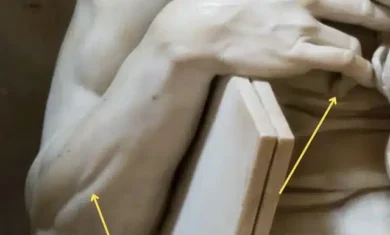Back in high school, I was a fantastic three-point shooter — during practice. If I could just pick a spot and keep getting balls sent to me, I could hit them all day. I think my best was like 23 in a row. Games were a different story, though, and I was considerably worse than average. I needed the groove, but that groove didn’t help on game day.
I’m trying to do the same on the driving range as I work to improve my golf game. After I hit 6-8 shots with my driver, they start to look pretty good! I get in a groove and it’s solid. Working with that groove can be helpful to build mechanics, but the groove doesn’t exist on the course. During a round of golf, I get one tee shot every 15 minutes, with a half-dozen other clubs in-between. Learning to hit the 10th consecutive drive perfectly is of little value when each drive on the course is essentially the first one.
To help combat that, I try to switch clubs frequently on the range and simulate working through holes, changing out clubs after almost every shot. I’ll reshoot bad ones repeatedly to fix them, but I don’t want to rely on a groove that won’t exist on the course.
Learning works the same
I’ve done the same thing for years with my Anki flashcard decks. For a while, I kept the cards in separate decks by category, but that let me get into a groove that didn’t replicate real life. Instead, by mixing them up and having a quote show up after a geography question, it forced my brain to work harder and learn the content on a deeper level. More about that can be found in this post from a few years ago.
My habits on the driving range and flashcards are both more intentionally difficult than they need to be, but I think the results are worthwhile. I wonder if I have other habits that I could introduce some difficulty into in order to make them more beneficial?




